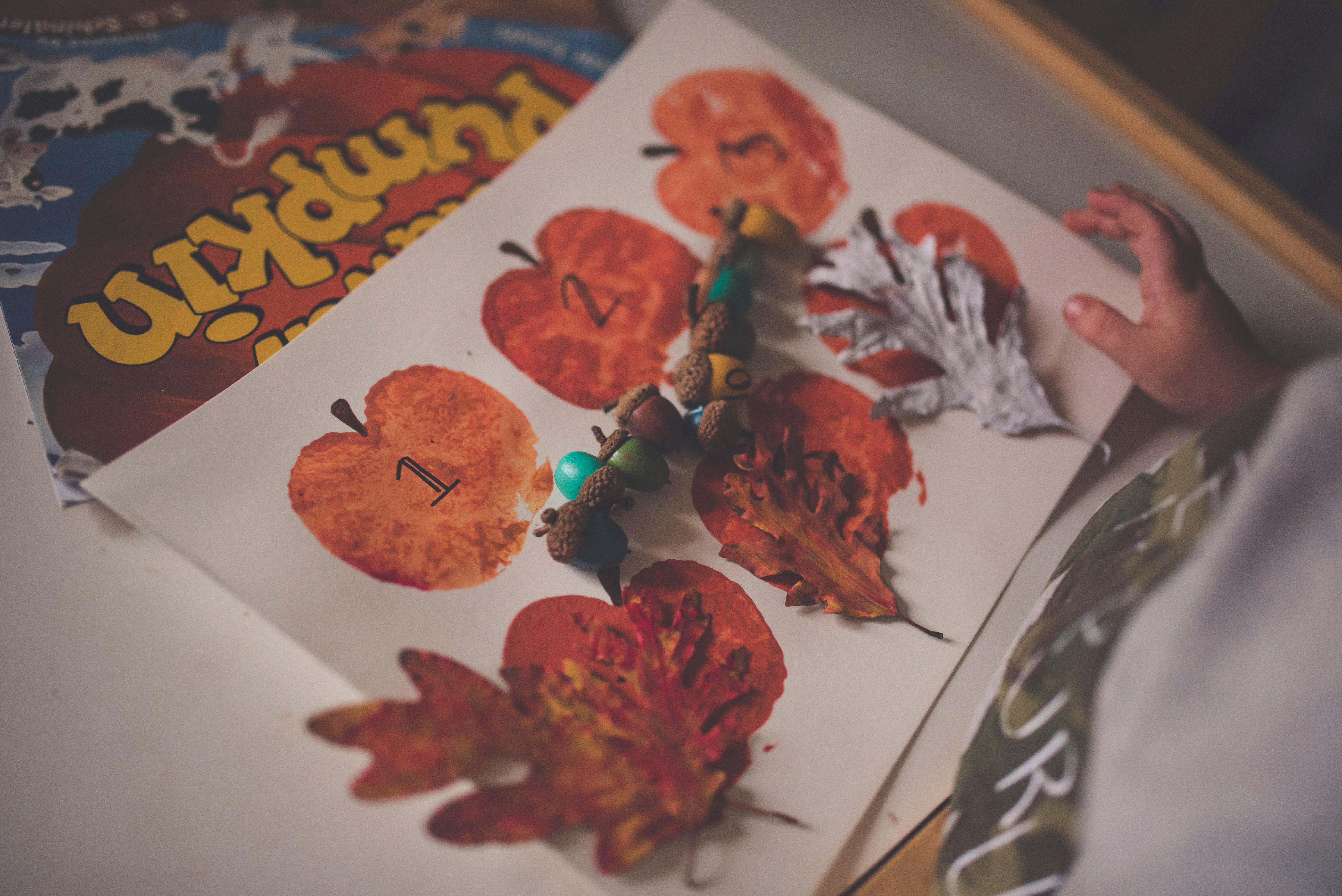We are living in an era where we are becoming increasingly aware of the environment around us and of the impact that we are having on it. This awareness of the outside is something that needs to be fostered in our children, with environmental sustainability and ecology themes built into curriculums.
I believe that positive interactions with nature go hand in hand with protecting it and these interactions needs to start in a child’s early years, not only to help develop their environmental awareness but also to fuel their development in many other ways. Studies indicate that exposure to nature in a child’s early years is vital for their social, emotional and physical development. With children averaging 7 hours of screen time a day and playing outside for only 4 hours a week on average – less than half of the time spent outdoors by their parents’ generation (source: The Guardian) – it is increasingly important that they are given the opportunity to connect with nature at school.
But getting outside and into nature can be difficult, particularly in urban schools with little outdoor space and schools that lack funding and supervision – so how, come rain or shine, countryside or concrete jungle, do we go about engaging our class with the environment? It’s simple! If for whatever reason you can’t go outside – bring the outside in.
“It’s simple! If for whatever reason you can’t go outside – bring the outside in.”
Stepping outside of the classroom you feel inspired, creative, motivated, and a sense of freedom – so how do we replicate those feelings in the classroom? Here’s some of my favourite ideas of how to include nature in your indoor classroom:
- Create nature art areas – create a dedicated area in your classroom where children can make art out of natural materials such as leaves and sticks. This display can be updated regularly, encouraging children to bring in things they have discovered when engaging with nature in their free time, for example shells from their holiday.
- Bring animals into the classroom – a classroom pet or bug box is always popular with children and this allows them to really engage with the animal or insects. Approaching your local wildlife rehabilitation centre is also a good idea as they can bring animals into the classroom for a day and children can learn about them first hand.
- Nature show and tell – run a nature show and tell where all children have to bring in their favourite thing from the outdoor environment and explain what it is and why they like it. Not only is this great for the child showing the object, but it exposes all children in the classroom to things that they may not have seen before, fuelling learning and discussion.
- Grow plants in the classroom – this allows children to learn about the anatomy of plants, what they require for survival and how to take care of them. Pot plants are a good option, or garden herbs which children can pick and taste
But what are the benefits of bringing the outside in?
Children will…
- Learn about the world around them and how they can protect it
- Develop their curiosity, exploration and imagination
- Learn important scientific concepts through sensory exploration
- Be interested and engaged with nature, developing their concentration skills
- Inquire about the names of new things and seek words to describe the processes they observe helping to develop their language skills
With so many benefits, beyond just learning about the environment, and so many easy ways of bringing the outside into the classroom I think it is time to take a step back and let nature motivate our children. Not only does interacting with the content directly impact on students learning, it also allows them to develop a connection with the environment through hands on experiences and questioning encouraging them to protect the world around them.





